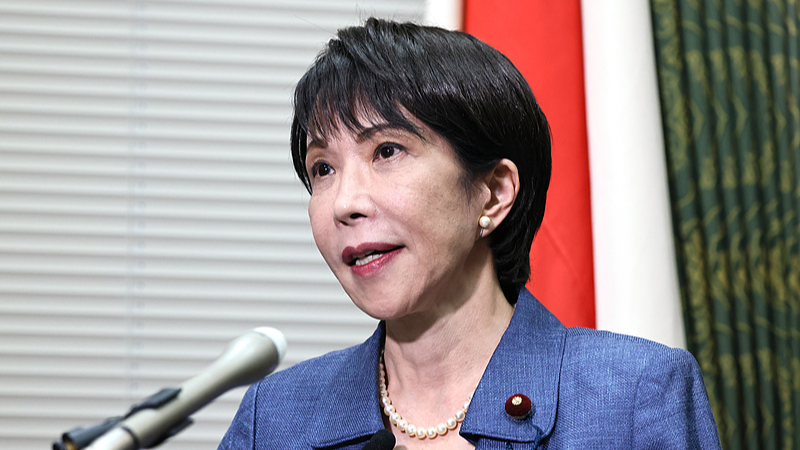As the world marks the Day to Combat Desertification and Drought, China has stepped forward with a bold pledge: to deepen ecological and environmental cooperation with Central Asian nations—and beyond—to turn more deserts into oases.
During a press briefing on Tuesday, Chinese Foreign Ministry spokesperson Guo Jiakun highlighted a flagship project tackling the Aral Sea’s ecological crisis—often called the “dry tears” of Central Asia. He said this collaboration will blend expertise from both sides to restore degraded land and revive vital water systems.
By pooling resources and know-how, Beijing and its Central Asian partners aim to demonstrate how joint action can drive real-world impact on a transforming scale. This effort offers a blueprint for sustainable development—a theme that resonates with young entrepreneurs, tech enthusiasts and environmental activists across G20 nations.
For travelers and digital nomads, these emerging green oases could soon become hubs for sustainable tourism and cultural exchange. Meanwhile, thought leaders and changemakers may see this cross-border alliance as a model for tackling other global challenges—from climate resilience to resource management.
“This partnership reflects our shared commitment to ecological civilization and a sustainable future,” Guo noted—a rallying cry for all nations to unite against desertification and drought.
Reference(s):
China, Central Asian nations to turn more deserts into oases
cgtn.com

